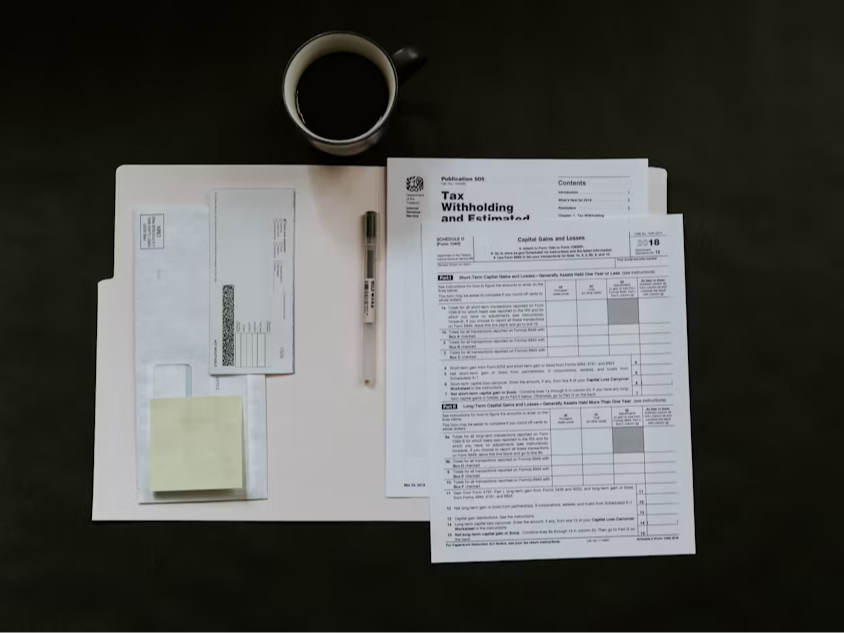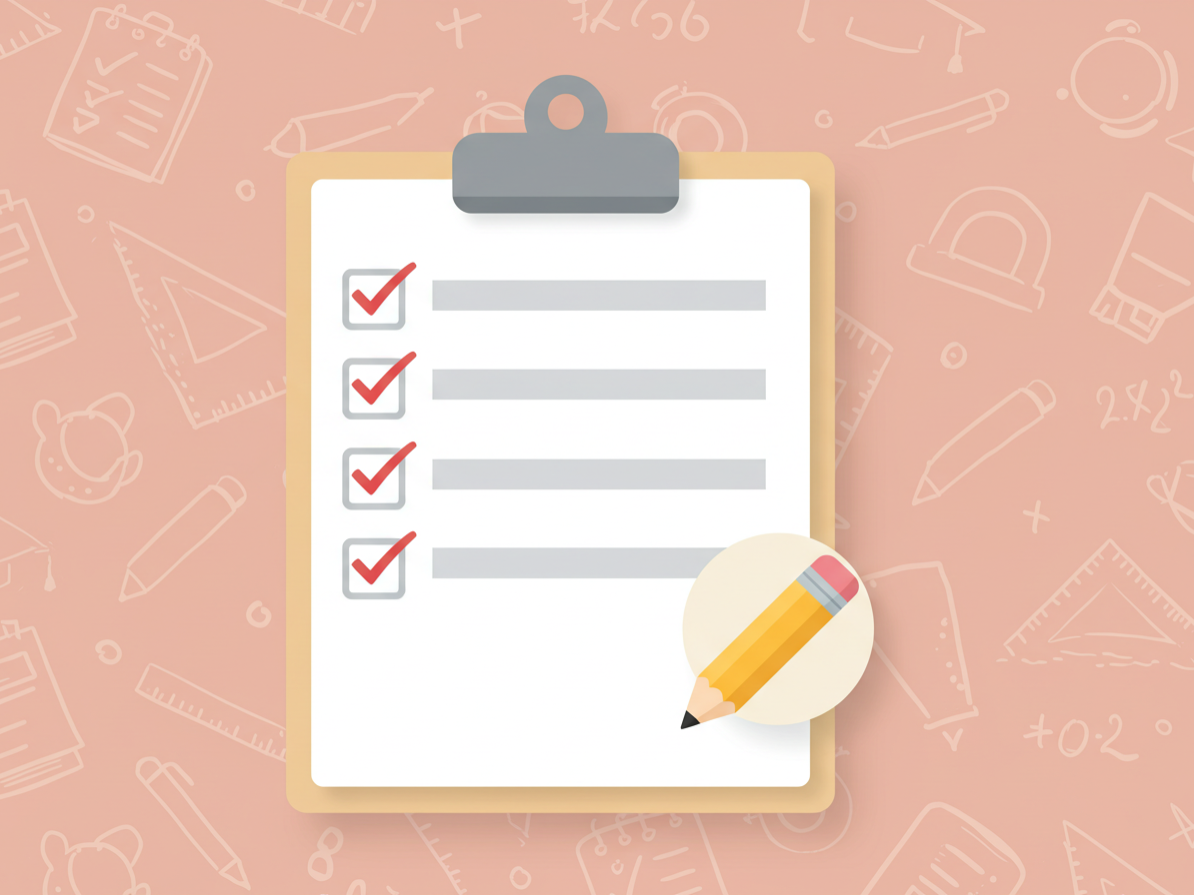Applying for your first job can feel overwhelming—especially when over 70% of applicants are rejected for simple errors like typos or incomplete details. That statistic begs the question: How do you avoid those pitfalls and make your application shine? For students with little work experience, that anxiety can be real—but this guide makes it feel doable. Each of the six steps below walks you through the application process with practical tips, real‑life analogies, a free template, and even emotional encouragers to help you stay focused. Even without job experience, your resume can still shine. Check out these resume summary examples tailored for students to see how others made it work. Need help building your resume from scratch? Try JobHun’s free resume builder—no design skills needed.
For example, think of applying like planning a group trip: you wouldn’t just go without checking maps, packing, and asking who’s coming. It’s the same with applications—prepare, organize, and show you care. I’ve always thought a job application is like a checklist for success—it’s your first chance to prove you’re responsible and prepared. At JobHun, we aim to turn your nervousness into confidence by giving you actionable steps—so, how do I fill out a job application for students confidently?
Why Job Applications Matter for Students
A job application is more than a pile of info—it’s your first handshake with an employer. So, why do job applications matter for students? First, they show you’re detail‑oriented, enthusiastic, and ready to contribute. A strong application can land you a part‑time job to support your studies or an internship that sets your career path. However, even without paid work history, you can shine by highlighting school projects, volunteer gigs, or positions in clubs. Got the interview scheduled? Here’s what students should wear to a job interview to make the right impression from day one.
Think of it this way: if your resume is a snapshot, your application is the story behind it. For instance, organizing a bake sale with your classmates may not be “professional experience,” but it shows budgeting, teamwork, and leadership. I remember my first application where I thought, “I have nothing to say.” Yet after reflecting, I realized I’d run a successful campus event with a 50‑person turnout. That boost of insight made me realize I already had job‑worthy experience. So ask yourself: How do students make their personal experiences count on a job application? Changing your focus from one field to another? These student resume tips for switching career paths can help reposition your experience.
With clear examples, thoughtful formatting, and a polished tone, you show employers you’re serious. On the other hand, a messy or generic application can make them wonder if you’d take the job as lightly as it appears. As a student, your goal isn’t to have the most experience—it’s to present what you’ve done in the best possible light. Curious? Let’s walk through each step.
How to Fill Out a Job Application for Students (6 Steps)
Ready for a step‑by‑step plan? Here it is, and it starts by asking yourself: How do I make each section of my application intentional and strong? These steps are linked by purpose: first understand what’s needed, next collect what matters, then fill in every detail carefully, highlight your strengths, personalize any letter, and finish strongly. Applying for technical internships? These software engineering resume tips for students can help you stand out.

1. Understand the Job Posting
Reading a job posting is like reading a treasure map—you first need to know where the X is before you dig. So, how do students decode a job posting to stand out? Look for repeated terms like “teamwork,” “detail‑oriented,” or “customer service.” Highlight or jot them down, because employers often use automated systems to check for keywords—and you don’t want to be filtered out.
For example, if a retail posting emphasizes “multitasking” and “communication,” compare it with your school or volunteer work. Did you lead a group project? Help plan events? Showing those in your application means: “Yes, I meet this requirement.” I used to think tutoring peers didn’t matter—but when I matched it to “customer interaction” and “explaining clearly,” it suddenly did. As a student asking, "How do I make school experiences relevant?", your answer is in matching language.
In short: highlight keywords, trace back your own examples, and tailor your application to reflect them—that’s how you signal fit. Ready to gather your materials? That’s next.
2. Gather Necessary Information
You wouldn’t bake a cake without measuring cups—so why start an application without prep? Ask yourself: What information should students gather before filling out a job form? The answer is: everything you might need, organized and ready before you begin.
Start with:
- Contact information: full name, permanent address, professional email (e.g., jane.doe@gmail.com), phone number.
- Education: school name, program, years enrolled or graduated.
- Experience: paid, unpaid, volunteer, club roles—with dates and key responsibilities.
- Skills/certifications: e.g. Google Docs, first aid, language abilities.
- References: teacher, coach, or mentor contact info (with their permission).
Using a checklist helps ensure nothing’s missing and prevents last‑minute stress. At JobHunnt, we offer a free application checklist to make this prep easy. I learned that missing a reference’s phone number before was enough to scramble at the last second—so now organizing saves time and stress. So you might ask: How do I make sure I have all the right info before I apply?
Make a simple spreadsheet listing what each field needs, tick them off as you go, and have everything in one place. That’s organization—and it shows employers you care.
3. Complete the Application Form Accurately
Now that you have all your info, it’s time to fill it out accurately. But how do you avoid mistakes that signal sloppiness? First, fill every part—even if it's not applicable, write "N/A" instead of leaving it blank. Use consistent formatting: spell out “Street” instead of “St.,” and list full dates (e.g., May 2021–June 2024).
Think of completing the form like introducing yourself in person—would you slur your name or gumdrop your past? Probably not. So treat every field with the same care you’d use shaking a new boss’s hand. I once entered my phone number incorrectly and never heard back. That mistake taught me: recheck everything.
For students wondering, “How do I avoid simple errors in an application?”, the answer is diligence. Double‑check spellings, dates, emails, and phone numbers. Read each answer aloud. Have someone else glance at it. These small steps show you’re dependable—and that reliability matters more than perfect experience.
4. Highlight Relevant Skills and Experience
Without formal work history, how do you stand out? The secret: you’ve got more experience than you think, even if it wasn’t paid. So, how do students highlight what they have instead of what they don’t? Focus on school projects, volunteering, and clubs to show off soft skills like collaboration, initiative, and problem‑solving.
Use action verbs to bring these to life: “organized,” “collaborated,” “presented,” “managed.” Add numbers: “Raised $500,” “Led a team of five.” That gives employers context, result, and personality. For example: “Led a team of four classmates to organize a science‑fair project that won first place at the regional fair.”
I used to think my role in a food‑drive didn’t count—but when phrased, “coordinated schedules for 12 volunteers and served 200 people,” it sounded like leadership. Students often ask: “How do I turn school work into job fit?” It starts with phrasing: show impact, name numbers, express what you learned. It transforms “just school” into professional experience employers care about.
5. Write a Strong Cover Letter (If Required)
When an application asks for a cover letter, that’s your personal pitch. So ask: How do students write a cover letter that feels genuine—not forced? Keep it short, one or two paragraphs, referring to the job and company directly. For example:
Dear Hiring Manager, I’m excited to apply for the barista role at Brewed Awakening. As a communications major at Ryerson University, I’ve sharpened my people skills through group presentations and volunteer service. I noticed your focus on community events, which aligns with my experience organizing campus fundraisers raising $300. I’d love to bring my energy and reliability to your team. Sincerely, Jane Doe
See how it’s personal, focused, and shows you did homework? I wrote my first letter feeling like my sentences sounded robotic. Then I decided to just be honest about why I cared—and it came across as me, not a robot. If you ask, “How do I make my cover letter stand out?”, simply speak sincerely, reference the role, and connect it to your own story.
6. Review and Submit Your Application
Before you hit “submit,” ask: How do students ensure their application is polished and complete? Start by reading everything out loud—you’ll catch awkward phrasing or typos. Then run a tool like Grammarly or ask a friend or mentor to check it. Save a PDF copy for your records. Consider submitting early to show enthusiasm.
If you don’t hear back within a week or two, send a polite follow‑up email. Something like:
Hi [Name], I submitted my application last week for the [Role] position—I’m still really interested. Please let me know if you need any more info. Thank you! Best, [Your Name]
That shows initiative without pressure—and many hiring teams appreciate that. As a student thinking, “Do I really need to follow up?”, the answer is yes—for self‑advocacy. That single email might be what gets you noticed.

Example Job Application for Students
Seeing a filled‑out example helps make it real. So here’s Sarah Lee’s mock application for a retail role:
Name: Sarah Lee
Address: 456 Elm Street, Vancouver, BC
Phone: 604‑555‑7890
Email: sarah.lee@university.ca
Education:
Bachelor of Commerce, University of British Columbia, 2022–Present
Experience:
• Student Council Treasurer, 2023–Present
– Managed $2,000 event budget
– Negotiated with vendors, reducing costs by 15%
– Led 10‑person team for campus events
Skills:
Microsoft Excel, public speaking, teamwork
Why it works? Sarah included her full contact details, spelled everything out professionally, and gave measurable results from her role—all showing capability beyond her student status.
Common Mistakes to Avoid
Even the most prepared students slip sometimes. So ask: What mistakes cast doubt on your care? Here are the big ones:
- Typos, grammar errors, or missing fields
- Informal language like “u” instead of “you”
- Generic answers like “I’m hard‑working” with no examples
- Unprofessional emails like partyrocker99@email.com
- Ignoring keywords in the job posting
- Forgetting to attach required documents
Each prevents you from putting your best foot forward. Avoid them by reviewing thoroughly and having someone else check before you submit.
FAQs: How to Fill Out a Job Application for Students
How do students fill out a job application with no experience?
Focus on school, volunteer, or extracurricular experience—using action verbs and numbers to show what you’ve done related to the job. How do I make it feel relevant to employers?
What should I include in a student job application?
Include contact info, education, relevant skills, and unpaid experiences. Make sure they align with job requirements. How do I tailor it to each role?
How long does it take to fill out a job application?
Typically 20–30 minutes, but set aside 60 minutes to gather info and review thoroughly. Is that extra time worth it? Absolutely—it helps you avoid mistakes.
Should I attach a resume to a student job application?
Yes—if allowed. A resume organizes your experience and gives hiring managers a clear snapshot. Can I create one quickly? Use a resume builder for speed and polish.
How do I follow up on a job application?
Wait one week, then email the hiring manager with a friendly message restating your interest and availability to provide more info. Does it help? Often, yes—it shows persistence and professionalism.
Next Steps for Student Job Seekers
So, you've got a polished application—now what? Apply for roles that fit your strengths on platforms like Indeed or Handshake. Use our resume builder for a clean, professional CV. Update your LinkedIn profile to reflect your newfound confidence, and don’t forget to download the free application template to save time next round. Looking for more templates, examples, and tools? Explore more resumeand career tools on JobHun and start your job search strong.
Feeling nervous? That’s totally normal. But every application makes you stronger—and you’re more prepared than you think. Good luck—you've totally got this!


